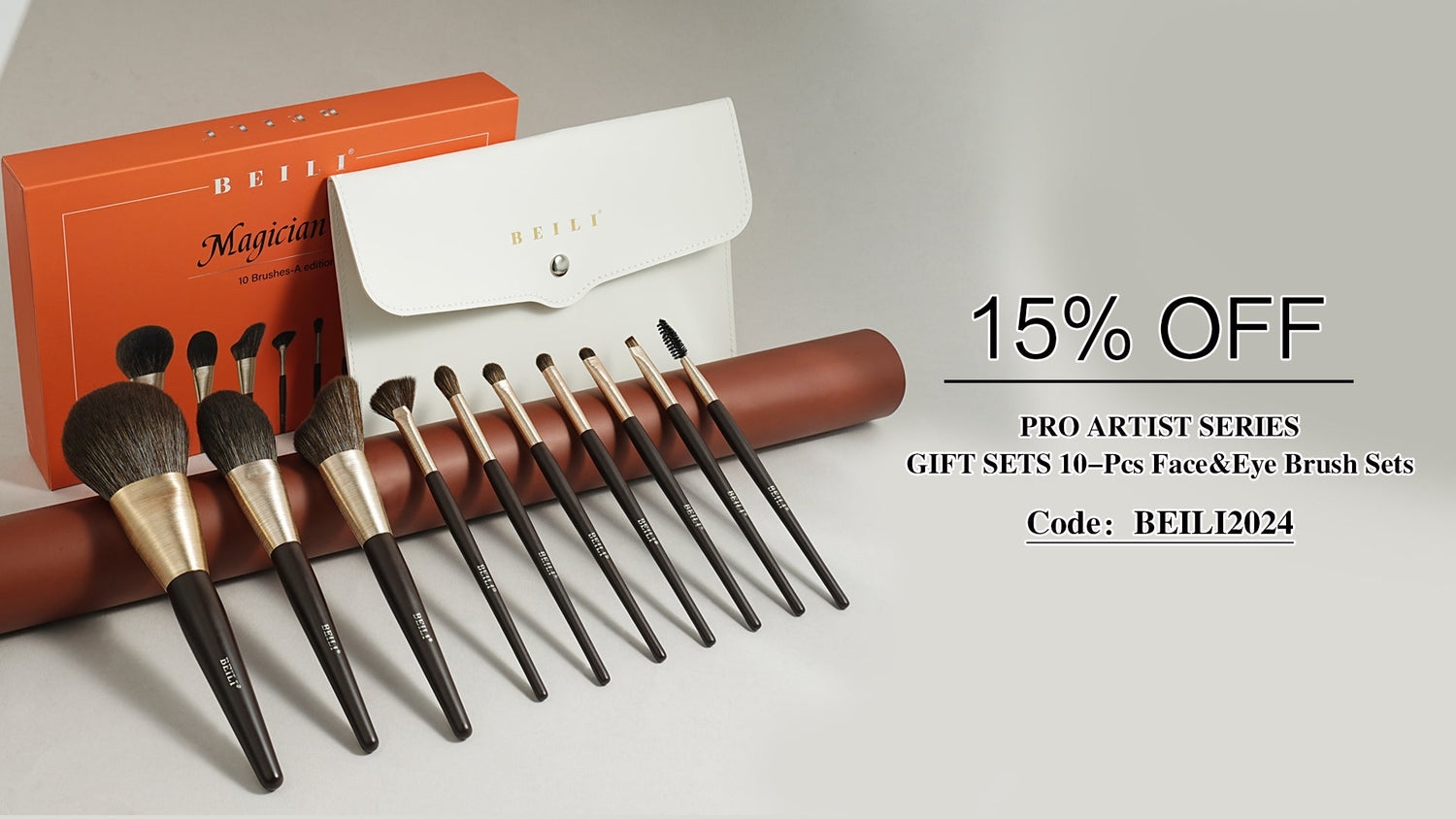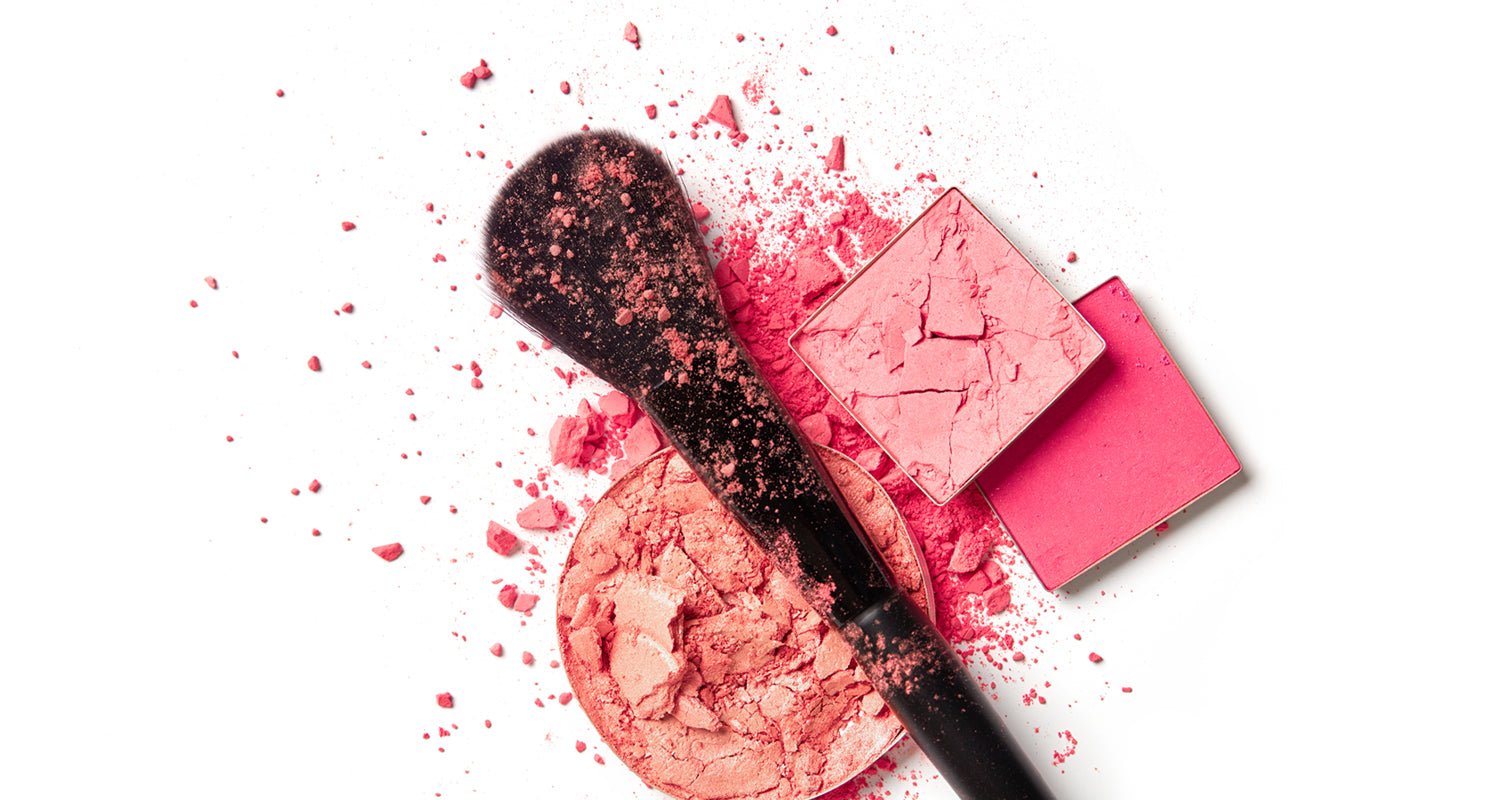Most people don't clean their makeup brushes often, and some never even clean them. However, dirty makeup brushes can cause a variety of hygiene and health issues, from acne to E. coli infections. Professionals we spoke with, including dermatologists, makeup brush designers and makeup artists, recommend that you clean your makeup brushes at least once a week.
"Makeup brushes can accumulate sebum, pollution, dirt, bacteria, dead skin cells and product buildup," says Dr Anne Chapas, a dermatologist at Mount Sinai Hospital in New York.
Eye brushes and brushes used for liquid make-up should be washed after each use, as bacteria typically thrive in moist environments.
Whether you use brushes with natural or synthetic bristles, it usually takes less than a minute to properly clean each tool, and the benefits go far beyond hygiene. Clean brushes extend their lifespan, and clean tools make makeup go on smoother. (The same is true when cleaning makeup sponges).
However, not everyone has the time or patience to do this. So, after consulting with several experts, we've come up with a simple plan to keep your makeup brushes and your beautiful face clean.

To thoroughly clean your makeup brushes, you will need:
SOAP: Technically, any soap or shampoo can be used to deep clean makeup tools, but liquid or bar soap is preferred for synthetic brushes. It's antibacterial, removes stubborn buildup, is gentle, effective and safe for all brushes, including those with natural hair.
WARM WATER: We recommend not using hot water to clean your brushes, as hot water can damage the bristles and ferrule (the metal part of the bristles).
In addition to soap and water, the following supplies make brush cleaning faster, easier, and (most likely) more enjoyable:
BRUSH CLEANER: For frequent cleaning of eye brushes and brushes that use liquid makeup, all of our experts recommend using a brush cleaner for efficiency and effectiveness.
Brush Cleaning Pads: Of course, you can also apply the soap solution to each brush by hand. However, we recommend using a grooved brush cleaning pad, which helps clean between all the bristles. We like these pads with suction cups on the bottom (below).
How long will this take to clean?
With makeup-cleansing wipes, it takes just a few seconds to clean each brush you use around your eyes and/or with liquid makeup. And it takes less than a minute to deep-clean each of your tools with soap and water. Air-drying, though, can take several hours.
Lather up
Get started by wetting your bar of soap or squirting a few drops of liquid soap onto your palm or a brush-washing mat. Then, using lukewarm to warm water, wet the bristles of a dirty brush. Using a gentle circular motion, rub the brush head directly into the soap for about 15 seconds, to loosen any product buildup. Always clean brushes individually. That way you ensure you’re washing out all impurities.
Rinse and squeeze
Rinse the bristles in lukewarm water until they run clean. Try to avoid letting water seep into the ferrule or the brush handle. Substantial water intrusion could cause your brush to fall apart, Casper said. You can expedite the drying process by gently squeezing water out of the bristles. To minimize shedding and fraying, be sure not to pull on the bristles as you squeeze them.
Sheath and dry
To keep freshly cleaned brush heads properly shaped, wrap them with mesh covers. To speed up air-drying, Tilbury suggests laying brushes flat, with the brush heads hanging over the edge of a table or sink. You can also use a drying rack so that your brushes dry evenly on both sides. Never dry brushes upright (bristles pointing skyward) because “water seepage can loosen the glue that binds the hairs together and cause excessive shedding,
Air-drying can take anywhere from a few hours to a few days. You can use a blow dryer on cool to speed up the process, though this can lead to misshapen bristles.
Proper storage
To avoid cross-contamination, it is recommended that you store clean, completely dry make-up brushes separately from your make-up. You can put the bristles up on a drying rack or in your make-up bag, but make sure the bag is as clean and dry as the brushes.
What is the difference between natural and synthetic bristles?
Natural bristles derived from animals are more delicate and fragile than synthetic bristles. Always be more careful when cleaning natural bristles. A little conditioner can be used to soften and loosen the natural bristles. Any conditioner used after shampooing will do the trick (be sure to rinse it out before drying).





